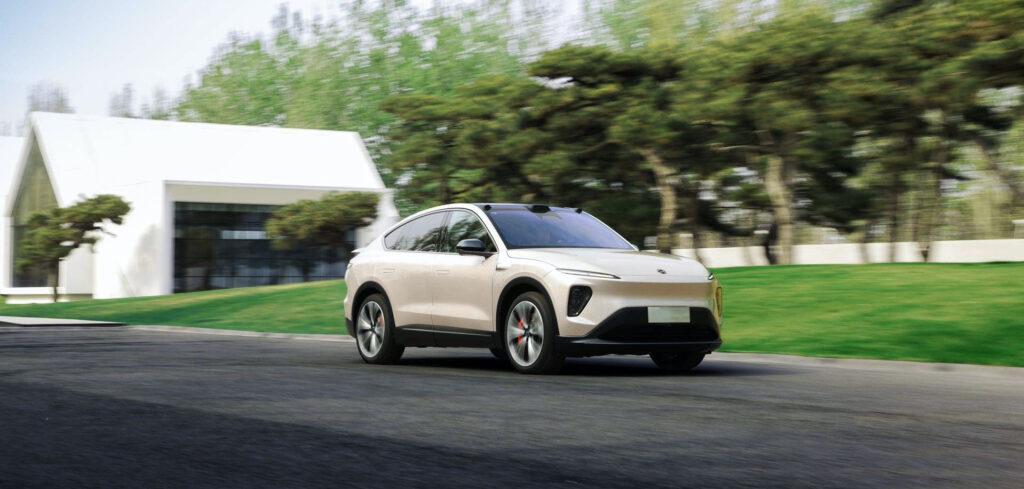In a recent announcement, NXP Semiconductors has stated that vehicles produced by smart electric vehicle company NIO will utilize NXP’s latest 4D imaging radar solution. The advanced imaging radar solution is claimed to deliver significant improvements over traditionally used radar, ensuring that NIO’s vehicles can detect and classify objects including other vehicle and road users in a wide range of scenarios at distances of up to 300m.
Additionally, to enhance the safety and convenience of autonomous driving services, the imaging radar expands on conventional radar capabilities for measuring range and speed, and now includes direction, angle of arrival and elevation measurement. Furthermore, fine-resolution point clouds improve environmental mapping and scene understanding, enabling the vehicle to detect and classify objects beyond the range of human eyesight. At the same time, the smart solution can measure the objects’ velocity in almost all weather and lighting scenarios.
NXP’s radar provides performance scalability in addition to software and hardware design reuse across radar platforms. The combined radar processor and transceiver chipsets deliver efficient advanced radar processing with high-performance RF technology, enabling Level 2+ and higher autonomous driving services.
“NIO is committed to providing users with a vehicle experience that exceeds expectations. Car makers developing high-level, assisted intelligent driving experiences is a key element of that,” said Kevin Pan, assistant vice president of supply chain development, NIO. “Together with NXP, we’ll be able to take the next step toward improving driver experiences.”
“NXP’s imaging radar technology offers high-resolution object and feature detection for precisely mapping the car’s surroundings, enabling car makers to deliver improved ADAS and autonomous driving features,” added Torsten Lehmann, EVP and GM, radio frequency processing, NXP. “NIO’s decision to adopt NXP 4D imaging radar technology is a testament to its differentiating performance and efficiency.”
For the latest NXP news, click here.


